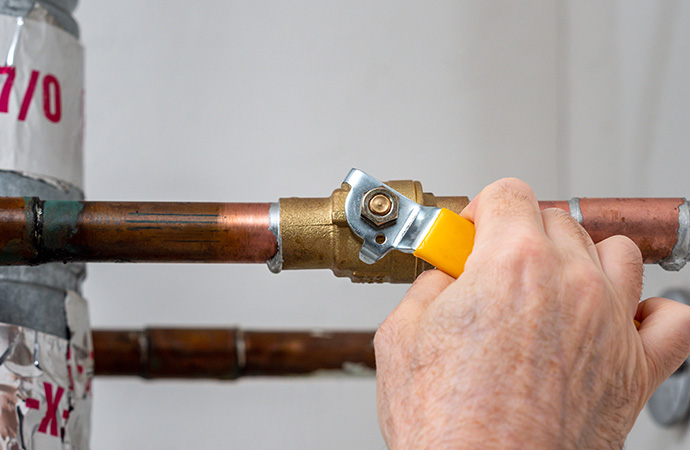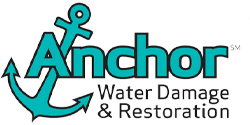How to Cleanup After Water Damage in Your Home
When water gets in to unwanted areas it can cause tremendous damage. Not only can your most valued possessions be ruined, but also your home where they are stored. If you can act fast, you can curtail the amount of damage and even save some of your belongings. Success in saving your valued items depends on the length of time that the water has been there. Some furniture can be saved and often even your carpet. However, electronics that have been exposed to water are usually damaged beyond repair.
The key is to not treat any flooding in your home lightly. Even if your downstairs flooring is damp or has just an inch of water on it, there is high risk for breeding mold. While mold growth can ruin furniture, flooring, carpets and walls, it can also be the cause of poor air quality inside your home leading to severe illness and asthma.
Preventing the growth of mold is crucial in keeping the air in your home clean and healthy. So combined with calling your insurance company, here are some steps to follow when dealing with water damage in Salt Lake City, Utah and surrounding areas.

Turn Off All Power
Unplug all your electronics, appliances and electrical items and quickly remove all movable items from the area immediately. The quicker you get things out of the water’s path, the better chance you will have of saving them. For sure move all electronics. Turn off the power in the area affected, if you can, especially if the water is rising to the level of the electrical outlets.
Pull up all carpets from rugs and wall-to-wall carpeting including the pad underneath. You might be able to save your carpet if it can be cleaned and disinfected. The carpet padding might not be able to be saved as it is like a sponge that easily absorbs water.
Get The Water Out
You must get rid of the water. The most thorough way is to call in the professionals, like Anchor Water Damage & Restoration (hey, that’s us!), right away. We can respond to your emergency flooding anytime 24/7. Our certified technicians have the experience to act quickly to resolve both home and business water emergencies all over Salt Lake county. We have the knowledge, expertise, quality products and high-tech equipment to provide complete restoration of your affected area. Check out our blog post here on how to choose a water damage restoration company.
If you prefer to go it alone, there are a few ways to get the water out. If having power is an issue, you can work at getting the water out manually. Use buckets, mops and old towels to soak up as much water as you can. You can dispose of the water right down the drain as long as the neighborhood sewers are not backed up. Otherwise, pour the water onto your lawn or another permeable surface. You can also use a wet/dry vacuum. Be sure to plug it into an outlet that is a good distance from the water. Be careful using extension cords because the connection can short out and give you a horrible shock. Electricity and water do not mix.
Renting a sump pump from your local hardware store is another option, if they are available. Getting the water out and drying the whole area is the top priority in preventing the growth of mold.
Dry Out The Area
The whole affected area must be completely dried out. This includes drywall, wood beams, insulation and so forth. Be sure to use an effective disinfectant to kill any bacteria that may have come up through toilets or sewers. You will want to disinfect all areas that were affected by the flooding water like wood furniture, non-upholstered furniture, walls and so forth.
Keep Mold From Growing
After everything has been disinfected and thoroughly dried, you will want to apply an effective mold control product that eliminates any existing mold and prevents re-growth. Apply a mold control product on walls, floors, furniture or any item that is susceptible to mold growth. Typically after applying, it must be allowed to dry overnight.
Dispose of Damaged Property Responsibly
While you might be tempted to toss everything into a big garbage can or dumpster and send it on it’s way, it may not be your best option. Visit the waste management website of your city and learn where to recycle toxic liquids like stains, old paint and adhesives. You can also find out where to recycle damaged electronics, computers, televisions, furniture and even drywall. You might also browse through Earth911 to discover any recycling centers in your area.








